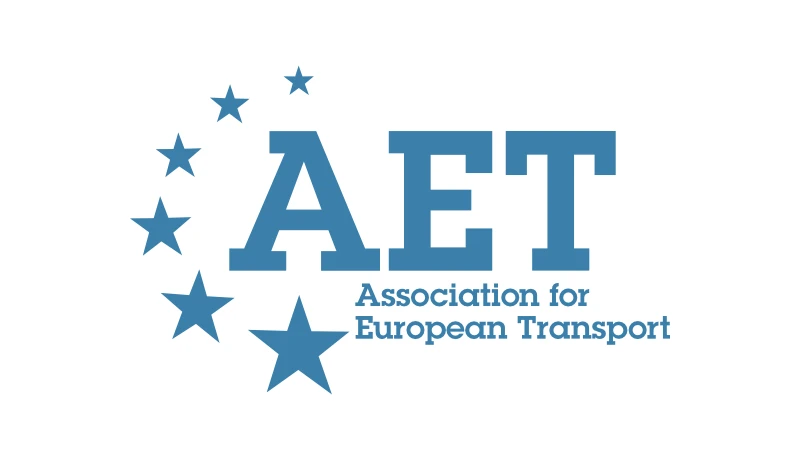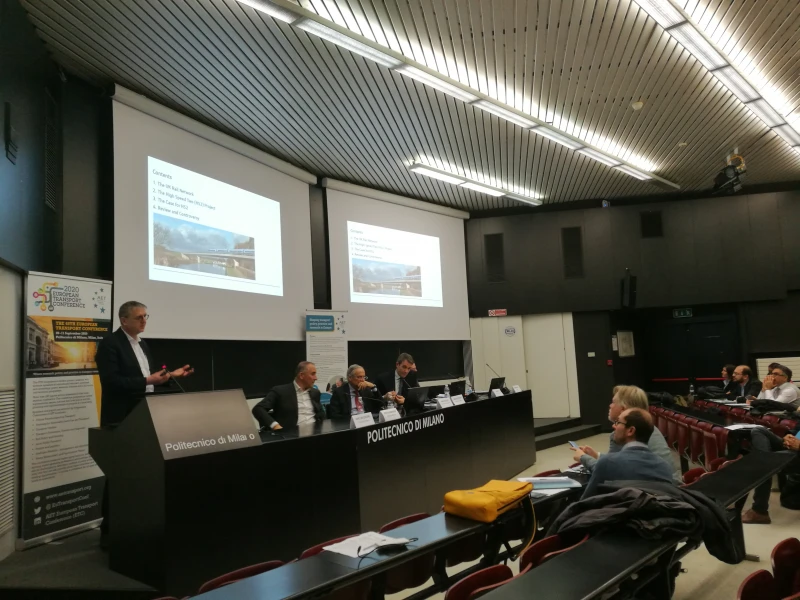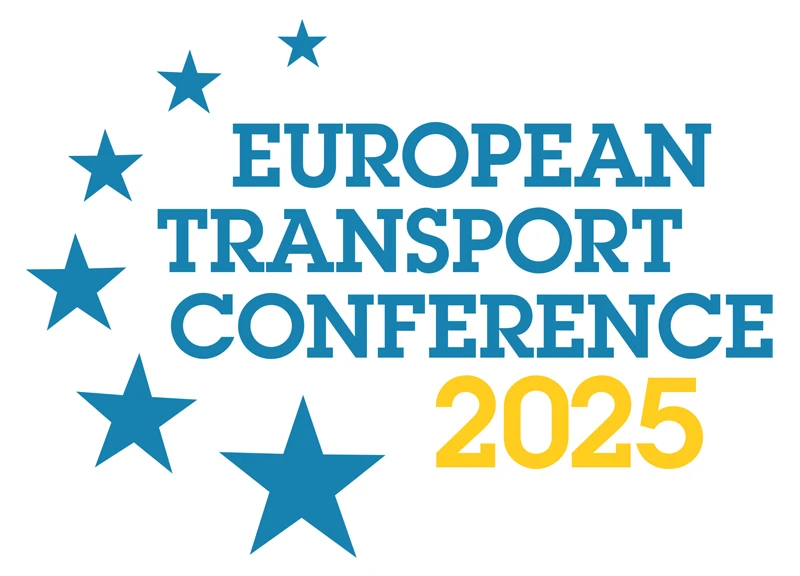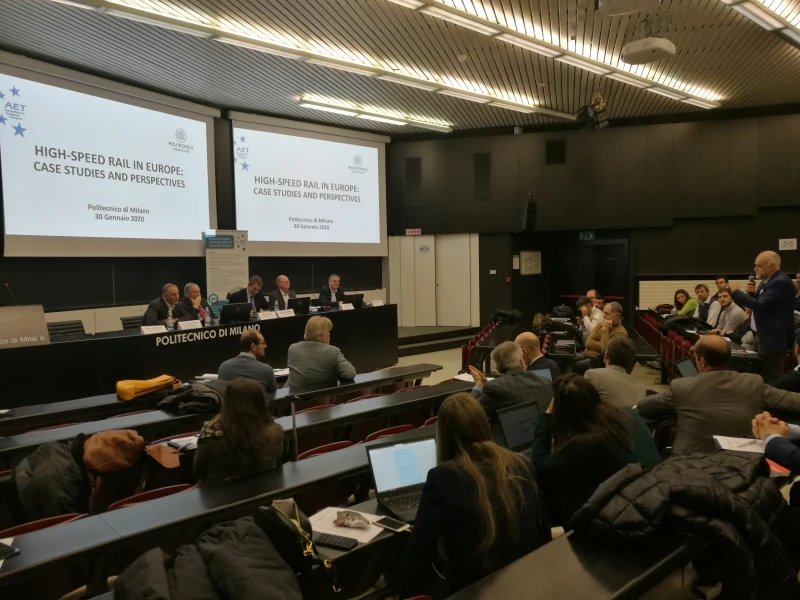-
Past ETC Papers
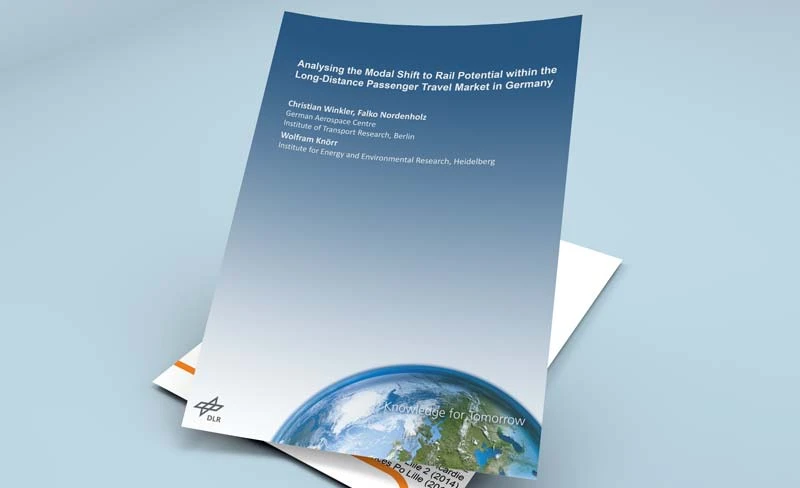
Browse, search and view papers from the past AET Conferences.
-
Members' Area
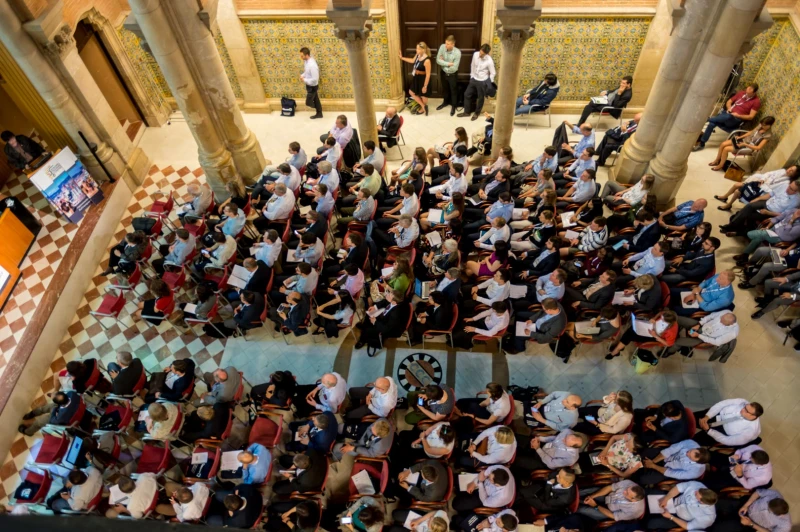
AET promotes networking and exchange of ideas, information and opportunities amongst members.
ETC Conference Papers
Conference Past Papers Repository
How the 'SUMP approach' influences strategic indicator sets and modal split methodology in Budapest
Seminar
Day 1 (10 Oct 2018), Session 1, Urban Strategy, 10:45 - 12:45
Status
Accepted, documents submitted
Submitted by / Abstract owner
Tünde Vörös
Authors
Mattias Juhász, Tamás Fleischer, Tünde Vörös, László Sándor Kerényi, Tünde Hajnal, Tamás Halmos
Short abstract
The paper presents theoretical problems concerning how the SUMP approach influences strategic indicators.
Abstract
The shift from supply-oriented approaches to a more demand-based one could be observed in the transport sector as well as in other sectors of the economy. Transport planning has gradually been shifted from ‘predict and provide’ to ‘aim and manage’ approach over the course of the last few decades. The latest manifestation of these changes was the introduction of the SUMP (Sustainable Urban Mobility Planning) concept around 2010. Central and Eastern-European urban regions are still learning the practice of comprehensive strategic transport planning in an attempt to develop their systems towards an integrated multimodal one. The regulation of EU funding has urged cities to take a step forward and develop their SUMP-conform mobility plans. The process raises many theoretical and practical questions from project appraisal to monitoring and evaluation.
Strategic transport planning has reached a new stage in the capital of Hungary with approving Balázs Mór Plan (BMT), the first SUMP based, complex mobility development plan of Budapest in 2014. Similarly, many other Hungarian cities (e.g. Eger, Szeged, Veszprem, Zalaegerszeg) have started their own SUMP processes. The main advantage of the development plan compared to its predecessors is the shift from exclusive transport planning (with focus on traffic and vehicles) to a more extensive ‘mobility planning’ approach with focus on people. The plan determines the strategic vision, objectives as well as intervention areas of transport policy until 2030. Budapest is now working on the second volume of the plan, a transport investment program based on the selection of potential projects considering social, economic and environmental aspects, and associating it to a monitoring and evaluation (M&E) system.
This paper aims to identify methodological issues arisen in connection with the elaboration of a SUMP in practice. Methodological questions may not seem to be of a high significance at first. However, theoretical considerations may have a far-reaching knock-on effect on different, complex socio-economic phenomena. An interesting issue emerging from the Hungarian SUMP practice is the definition and measurement of different indicators within the M&E system. An illustrative example is the case of the well-established, long-standing and widely communicated indicator of modal split. The indicator was previously calculated on the base of the number of trips and related to only public transport and private cars. In the SUMP framework a new approach is suggested to measure the progress towards the strategic goals and intervention areas of BMT, raising many questions concerning practical implementation and communication.
The paper (1) briefly summarizes the progress of SUMP in Budapest, (2) identifies the key areas of theoretical methodological problems and (3) highlights policy-related, practical and communicational consequences of the indicator system, especially the case of modal split and (4) introduces the solutions used in the SUMP in Budapest.
Programme committee
Planning for Sustainable Land Use and Transport
Topic
Mobility for Liveable Cities, including Urban Mobility, air quality, health and active travel
Documents:

Association For
European Transport
Forester House
Doctors Lane
Henley-in-Arden
Warwickshire, UK
B95 5AW
+44 (0) 15 64 793552
VAT number: 710 1866 64
Conference Supporters & Endorsers




Legal Entity
The Association for European Transport is registered as an Association ('vereniging') with the Chamber of Commerce for Haaglanden in The Netherlands under company number 27170096.
Built on Zenario

